Safety Culture
Creating a Strong Culture of Safety
In our work as consultants, we hear statements like, “we need to change the culture,” every day. Any leader will tell you that culture plays a strong role in the success of their organization, especially when it comes to safety. Culture will either reinforce the changes you’ve introduced or it will diminish them. But as we all have observed, “knowing” the importance of culture doesn’t necessarily mean that you’re building a strong culture within your organization. We’ve done extensive research on this topic. Below you’ll find some of our best insights into what makes “safety culture” work within organizations.
ARTICLES On SAFETY CULTURE
Why Safety Procedures Don’t Always Lead to Safe Behaviors
Culture Sustains Performance
4 Questions Board Members Should Ask About Safety Culture
5 Essential Building Blocks for Improving Organizational Culture
How to Change Organizational Culture and Avoid Catastrophes
Organizations Are Built on a Cultural Infrastructure
What is Safety Culture?
What is the book, “If Your Culture Could Talk,” about?
Developing an
Organizational Culture Assessment Tool for Safety
Dr. Tom Krause and Kristen Bell have a long-standing commitment to validating culture assessment tools. They are particularly proud of the work we did in the 1990’s with psychologist Dr. David Hofmann, to identify characteristics of organizational culture that predicted safety performance. The innovation process was high-quality and highly efficient: It began with a review of published academic research. New research needed only to select, model and validate a set of scales that would become an effective organizational culture assessment tool for safety.
Organizational Culture Assessment Tool for Efficiency and Effectiveness
A senior manager at a major oil & gas company strongly believed that retirement of the baby boom generation, combined with his organization’s strong dependency on process and systems, was creating problems for efficiency, effectiveness, and safety throughout the business. He hired Kristen Bell to work with his team to develop and test his hypothesis so that they were assured of having valid and reliable data to inform an improvement strategy. A series of interviews and productive exercises provided the basis of a solid assessment tool.
Chapter 4: Culture Sustains Performance – For Better or Worse
Leadership stimulates growth and safety improvement in organizations; culture is the mechanism that sustains it. Culture will either reinforce the changes you’ve introduced or it will diminish them, depending on the values, beliefs, and behaviors that leaders have engrained in your organization. The fourth insight in our book, 7 Insights into Safety Leadership is that leadership stimulates safety improvement, but culture sustains performance.

Ready to take the next step in finding new ways to improve safety leadership and culture?
7 Insights Into Safety Leadership offers an in-depth exploration of safety culture and leadership.
Receive event info and other marketing communications from Krause Bell Group.


